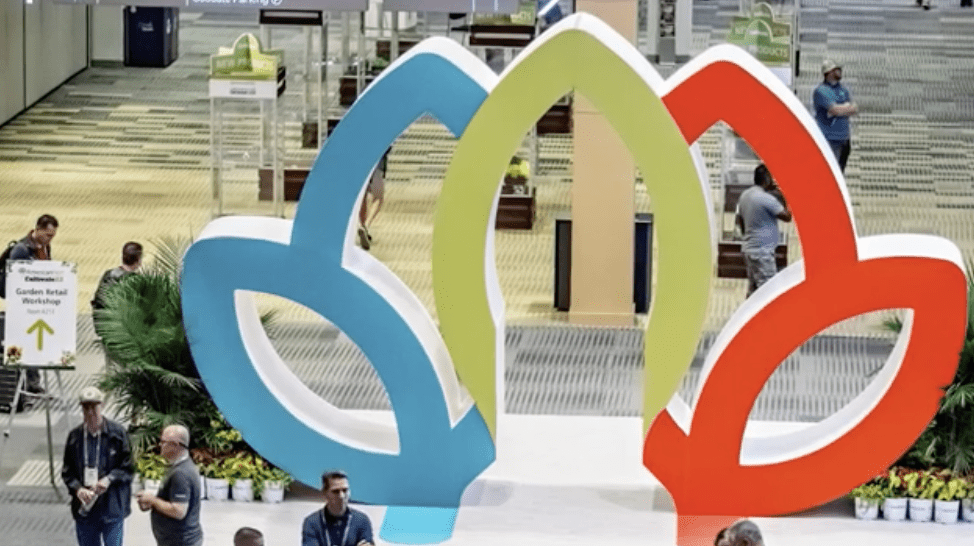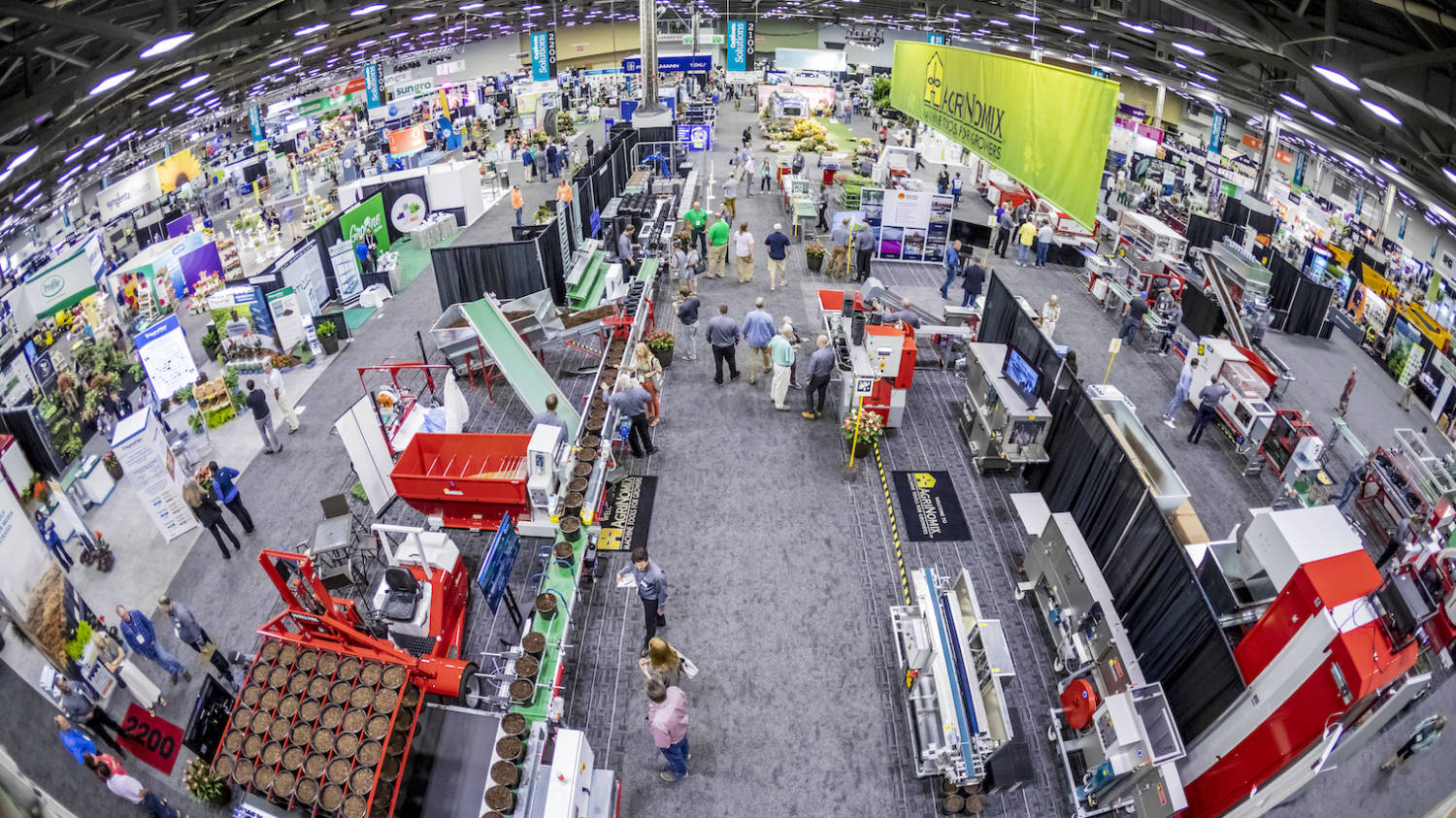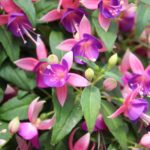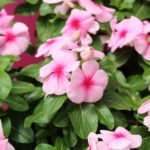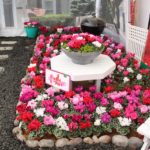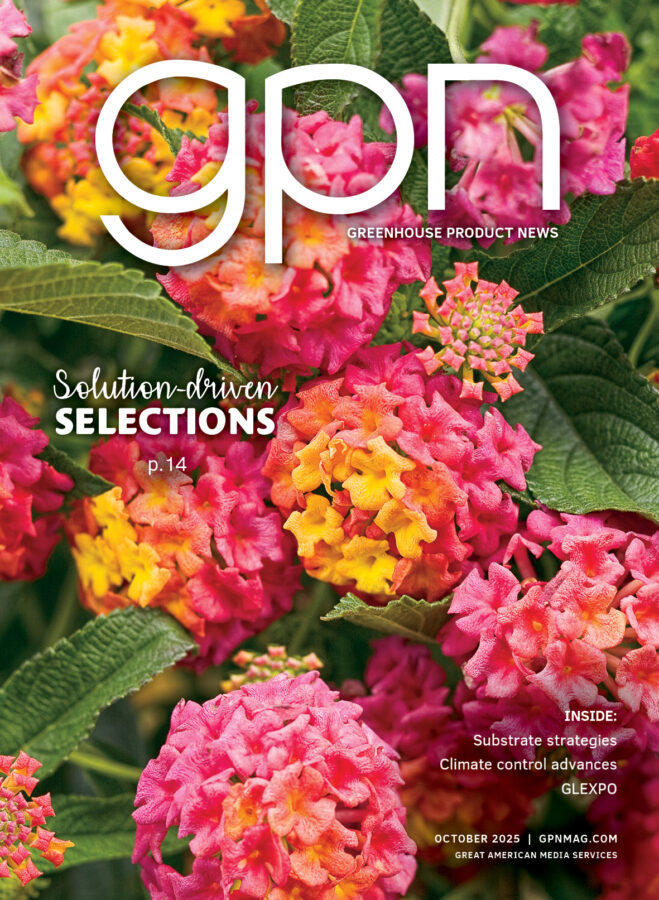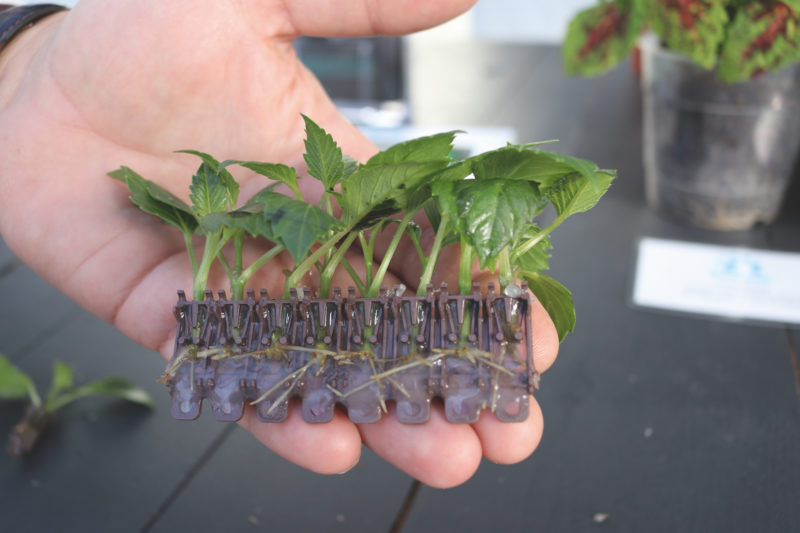
Getting to the Root of Saving Time, Space and Money
Time is money for growers. That’s why they are always looking for ways to eliminate/simplify their growing processes. By creating more turns in the greenhouse, they can grow their profits.
To help growers with this challenge, earlier this year, Dümmen Orange introduced Basewell, a new rooting technology that uses an off-shore propagation process to deliver high-quality bare-root cuttings directly to the grower. The technology officially debuted at California Spring Trials in April.
Basewell is a new product form that is produced at Dümmen Orange’s offshore farms. It is a bare-root product that combines the benefits of an unrooted cutting and a rooting cutting. It provides growers with cuttings that have advanced root development but do not require the use of
any growing media.
The technology has been in development since 2015. It started with the gel coating on calloused cuttings. The coating technique now can be used in automatization for bare rooted Basewell cuttings.
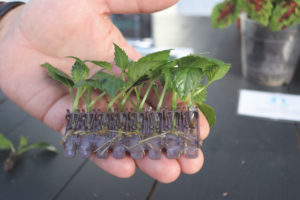
Basewell rooting was developed in 2017, according to Perry Wismans, Dümmen Orange’s Global Head of Floriculture Innovation. Proof of concept trials were
performed in the first quarter of 2018 with growers and university researchers.
Since then, more than 300 growers have performed trials with extremely positive feedback. Wismans says growers have seen cost savings of 15 to 25 percent on their rooted liner input costs.
HOW DOES IT WORK?
The cuttings are inserted into 51-count strips and then covered with the protective gel at Dümmen Orange’s offshore facilities. When the grower receives them, they are ready for transplant in a finish container. The gel coating provides root protection during shipping.
The strips can be used for transplant by AutoStix machines or in individual cartridges for transplant by ISO transplanters or by hand. The strip is biodegradable and should break down in the container in 10 to 12 weeks after transplant.
The benefits that the rooting technology provides growers
include:
• Simplified processes: The bare-root cutting form allows the grower to order rooted product directly from the production farm, decreasing order lead time and maximizing program planning flexibility.
• Optimized production space: The grower receives a product that is ready to transplant directly into the finish container. This means more production turns can be completed and propagation space can be converted into finished production space.
• Labor savings: The rooting technology is available in two configurations, including full strips and individual cells that are compatible with automated sticking methods. The individual cells are also suitable for non-automated production, where workers can quickly transplant the product by hand into the finish container.
Wismans says, “One of Dümmen Orange’s most important objectives as a breeder/producer is to contribute to our customers’ success. This is why Dümmen Orange focuses on offering innovative genetics, which are easy to produce and allow for great garden performance.”
He continues, “New production techniques, such as Basewell, can help growers become more successful. Rooting incoming URC is one of the most critical steps towards a profitable crop. Outsourcing this step allows growers to simplify their
production processes, free up some of their most critical resources in labor and greenhouse space, and allocate these resources to other activities.”
“Almost every grower is intrigued by this new development. Growers see
the opportunities this can bring them, but at the same time we see growers
struggle to envision how it can be implemented in their production,”
Wismans states. “For these growers we recommend three, what we call,
stress-free product categories, which will help growers to become familiar
and find comfort with the new Basewell technique.”
The recommended stress-free varieties are Dümmen Orange’s Mainstreet
coleus series, the XXL dahlia series and SunStanding impatiens.
Schwartz’s Greenhouse in Romulus, Michigan is one of the greenhouses
that has been trialing the technology this year. “We decided to try Basewell
because we are looking for an avenue to use for our 4-inch program,” says
Chris Schwartz. “We root 95 percent of our products that we use for spring
in our rooting area here at our greenhouse, but as the season progresses
we have less room available for rooting our 4-inch program because of the
amount of cuttings it requires. We are always scrambling to create space,
which in turn is taking away labor at one of our busiest times when we need
to be planting.”
Schwartz adds, “We were hoping for cutting a step out of sticking cuttings
and then having to plant them in four weeks, which in turn would create
much needed space in our rooting area. We were trying a sample set and I
wasn’t sure how it would end up working, but out of necessity was willing to
give it a look.”
IMPLEMENTATION
For growers using Basewell, it is recommended that they process shipments immediately upon arrival. Cuttings should be irrigated thoroughly after transplant to ensure good root-to-media contact, and provide shade for the first five days if needed, or until roots reach the sides of the pot.
If the young plants cannot be planted upon receipt, they should be kept in
cool conditions with high humidity until they are ready to be transplanted.
Growers should avoid high light immediately after transplant through root
development. Once the roots reach the side of the container, the plants can
be grown under normal finishing conditions.
Schwartz has been very pleased with the labor and space savings
that his company has achieved using Basewell. “It cuts out a step in the
process for us at an extremely busy time. We also were able to use the
rooting area to root our late baskets and pots, in turn saving margin on
much of our summer crop.”
According to Wismans, if a grower has difficulties controlling their
growing conditions they may have some challenges with this new product form. The technology requires some extra attention during the first five days after transplant. Extreme light conditions may lead to wilting of the product and at that time shading and/or misting of the product may be needed.
But for those growers that can control their growing conditions, the technology “outsources one of the most complex growing steps and frees up resources connected to rooting.”
Schwartz says his production team didn’t really encounter any surprises when implementing the new technology “other than pleasant ones.”
“We rarely misted after planting maybe one to two times per day just if we were walking by during the first five days or so. They got no special treatment other than that. They performed just as well as our other 4-inch [products].”
When asked if he had any advice for other growers who might want to use the new rooting technology, Schwarz says, “We typically use a four-week lead time from when we expect to plant a URC and if we get something rooted naturally we plant it that week. With Basewell, I think we would plant them right in the middle two weeks before a rooted cutting and two weeks after a URC would come through our doors to get to the same finish line. As a caveat, we did have them under a large canopy of big hanging baskets so they were in a darker environment, but so were the other 4-inch plants by them. If they were in a brighter environment to start, you may want to mist possibly two to five times per day the first couple days possibly.”
AVAILABLE UNPINCHED AND PINCHED
When the technology debuted at California Spring Trials, it was only available as unpinched cuttings. Since then, Dümmen Orange has introduced a pinched version for the program. This is an additional labor savings for growers and helps them to simplify processes even more.
The pinching step occurs as the unrooted cutting moves into the production process, resulting in a product with breaks already emerging by the time the product reaches the grower. This moves another labor-intensive production step off-shore.
Currently Dümmen Orange’s Basewell assortment of unpinched cuttings included specific series of bidens, coleus, dahlia, fuchsia, New Guinea impatiens, osteospermum, zonal geranium and petunia.
Dümmen Orange’s assortment of pinched annuals in the program include bacopa, calibrachoa, lobularia, lobelia, lysimachia, portulaca, verbena and vinca.
Wismans says the company plans to add poinsettia and a perennial collection to its offering in 2019.
To find out which specific series are being offered and to learn more about the rooting technology, visit basewell.dummenorange.com.








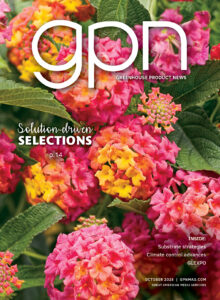
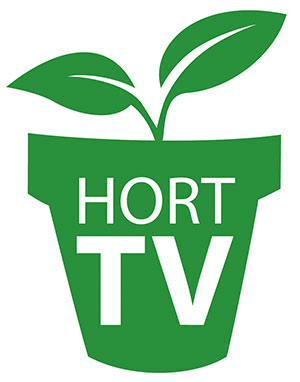 Video Library
Video Library 